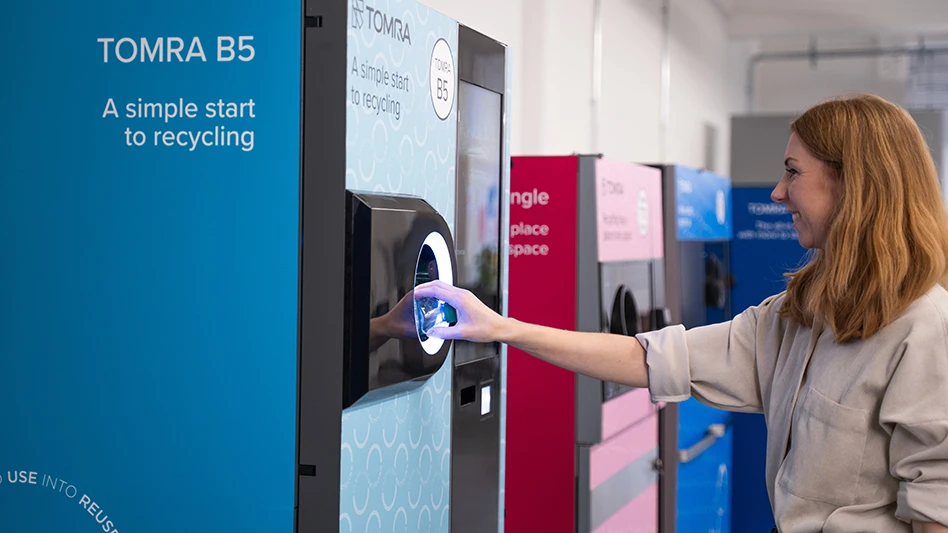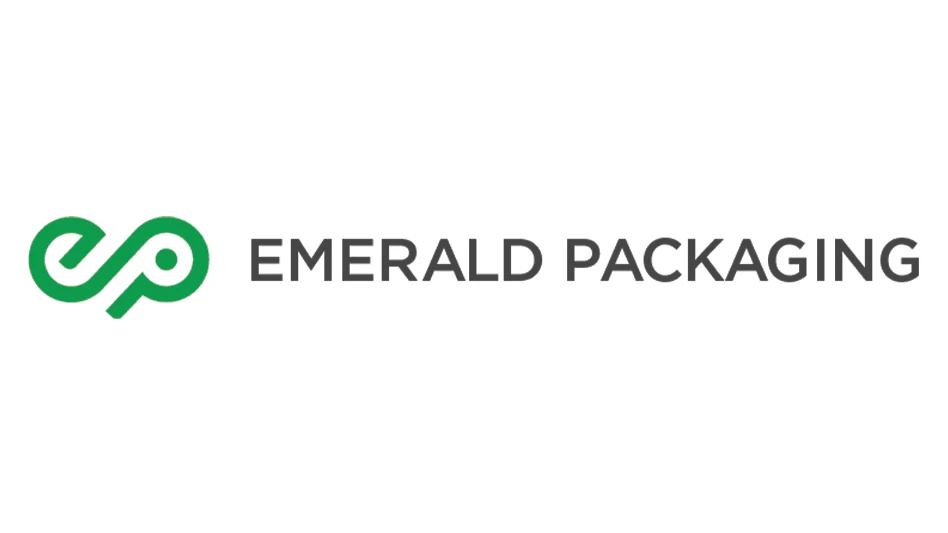
Recycling Today archives
The financial press and investors have as many potential negative scenarios to consider this year as they have the previous years of this decade. But so far this year, copper has gained favor with institutional investors who buy on momentum while also seeing investments in its physical production.
In the real-world supply and production sectors, one of the biggest copper investments underway is in India. There, conglomerate Adani Enterprises in March commissioned the first stage of what it calls the largest copper smelting and production site in the world.
The Kutch Copper first phase complex has been designed to produce up to 500,000 metric tons of copper cathode annually, according to Davis Index. According to India-based Manufacturing Today, adjacent production capacity is being planned to bring Adani’s copper capacity to a full 1 million metric tons annually by 2029.
Investments in the mining sector can take longer and hit barriers that derail them altogether. That could be one reason why the London Metal Exchange (LME) and Comex copper prices have at times this spring broken the $4 per pound barrier.
“The time between the start of construction and commercial copper production [has] averaged 3.2 years, with underground mines having a longer construction period than open pit mines,” Ying Li of S&P Global Market Intelligence writes in a 2023 analysis.
Despite soaring copper prices in 2021, Li writes only two mining projects were under development as of the time of the report. “Copper miners have become conservative about investing in new projects,” Li says.
As the copper price rose in March, analysts such John Gross, based in New York, and Andy Home of Reuters also pointed to the terminal markets reacting to an agreement among smelter and refinery operators in China to scale back their output.
Although increased recycling activity can provide more supply, secondary production still only accounts for less than 17 percent of global copper supply, according to the Lisbon-based International Copper Study Group (ICSG).
Recycling activity is growing, however, with the ICSG saying its 40-plus member nations produced more than 4.55 million metric tons of recycled-content secondary copper in 2023.
That figure represents a 9.58 percent jump in secondary copper output compared with 2022, or about 400,000 metric tons in volume. The subtotal comprised 16.9 percent of all global refined output in 2023, up slightly from its 16.35 percent contribution in 2022.
The growth of electric vehicles (EVs) and alternative energy installations, as well as urbanization and increased metals consumption in parts of Asia and Africa, are cited as reasons for growth in copper demand.
More difficult to figure out is what role financial speculation is playing in the LME and Comex price of copper, which affects the price of copper at scrap yard scales and in shipments from processors to secondary producers.
Scrap processors, metals producers and manufacturers of copper have at times expressed uneasiness with the extent to which industrial metals like copper and nickel have become “asset classes” to be invested or disinvested in by bankers and fund managers.
Unlike more recent “asset class” additions like single-family homes and cryptocurrencies such as Bitcoin, copper long has been considered a commodity.
In his March 29 edition of The Copper Journal, industry observer Gross writes, “In 2015, the United States Commodity Futures Trading Commission defined Bitcoin and other virtual currencies as commodities under the U.S. Commodity Exchange Act.”
The blurring of lines of what represents a liquid asset or a commodity can play out in any number of ways in the metals markets, but the broadened definitions come with concerns for those trading in actual copper inventories.
In the short term, the demand for red metal scrap appears stable and growing. In its summary of output this January, the ICSG says, “Preliminary data indicates that world refined copper production increased by about 5 percent in January 2024 with primary production up by 4.5 percent and secondary production (from scrap) up by 9 percent.”
Considering the uptick in secondary copper production last year, the trend line for copper and brass scrap demand is pointing upward, with volatile pricing providing one of those concerns that can never let recyclers completely rest easy.
Latest from Recycling Today
- ReMA urges open intra-North American scrap trade
- Axium awarded by regional organization
- China to introduce steel export quotas
- Thyssenkrupp idles capacity in Europe
- Phoenix Technologies closes Ohio rPET facility
- EPA selects 2 governments in Pennsylvania to receive recycling, waste grants
- NWRA Florida Chapter announces 2025 Legislative Champion Awards
- Goldman Sachs Research: Copper prices to decline in 2026





